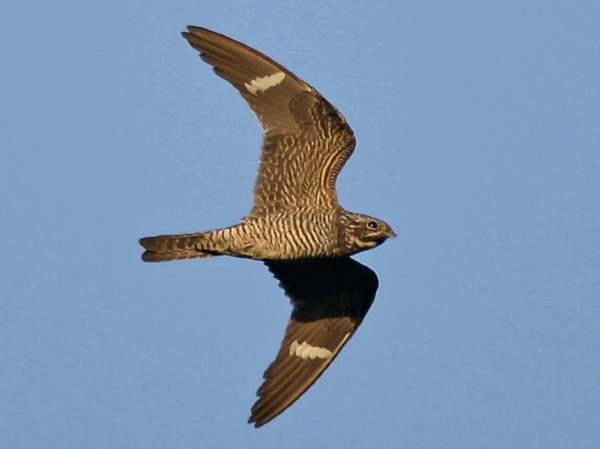Fall Migration is underway and while your seed and suet feeders will typically slow down now through October birdwatching in the area will be significantly more interesting because migration is in full swing. Keep those hummingbird feeders fresh and filled because we still have several weeks of busy hummingbird feeding remaining.
When spending time outdoors have your binoculars with you and ready because Warblers, Tanagers, Orioles, Rose-breasted Grosbeaks, and Flycatchers are pouring through middle Tennessee stopping to feed in the mornings on insects and berries. Pay special attention to birdbaths and fountains as many of these birds seek out good water sources to take advantage of.
Mornings are the best time to see lots of different species because most of the mentioned migrants are traveling at night. They settle down to rest and feed in the morning.
Look for large if not massive flocks of Chimney Swifts and Common Nighthawk in the evenings commonly seen in areas near downtown or where there is ample night lighting like high school football games.
Did you know that radar used to track weather systems is also used to track bird movements? I suggest you check out BirdCast. BirdCast is a project of the Cornell Lab of Ornithology, Colorado State University, and the University of Massachusetts Amherst. BirdCast applies weather surveillance radar to gather information on the numbers, flight directions, speeds and altitudes of birds aloft in order to expand the understanding of migratory bird movement. Just last night, Sept. 8, an estimated 995,300 birds flew over Davidson Co. And that number will increase as we approach the usual strongest time of migration in the month of October. BirdCast has live migration alerts in real time. Their findings have been eye-opening and very interesting to say the least. To summarize all the interesting information provided by BirdCast would be impossible. I urge you to check out this site. Wonderful! Visit Birdcast at www.birdcast.info
Make time to visit one of the many great local birdwatching areas this fall to see some birds you may not have seen before. The usual local hot spots include:
Radnor Lake Warner Parks Bells Bend Harpeth River Greenway Shelby Bottoms
Hidden Lakes State Park Gossett Tract State Park
Bowie Nature Park and Montgomery Bell State Park











